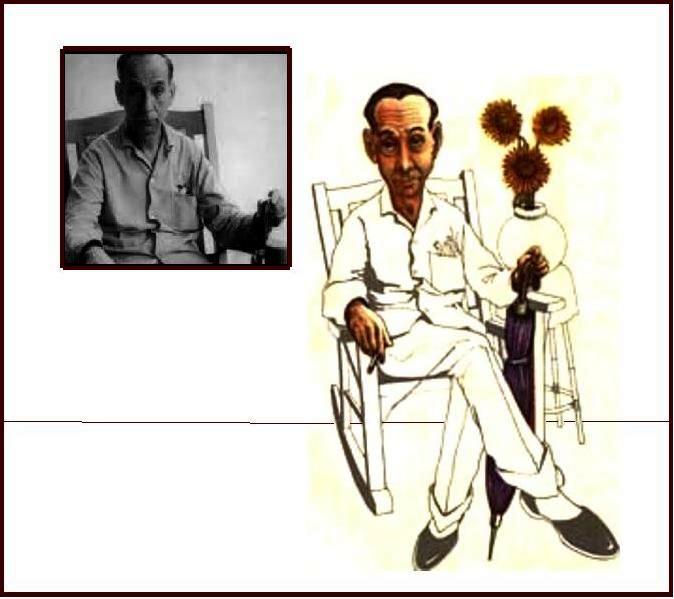4.1.2.3.6 “The Conflict”, a story published by Virgilio Piñera in 1942

In the long story “The Conflict,” Virgilio Piñera portrays the dilemma of a condemned man, Teodoro, who fails to execute the act of escape, not because of external impossibilities but because of his persistence in remaining curled up, something beyond his conscious will. Death is presented as an inconsequential event due to its regularity, devoid of connotation and part of an everyday life that nevertheless becomes absurd.
Beyond the body and the protagonist’s own life, he is interested in the possibility or impossibility of “stopping an event at its point of maximum saturation,” referring to the inevitability, a determinism in the concatenations of events that would lead to his own execution but which he tries to evade as a saving possibility for man, trapped on the track of destiny.
The “man pointing his finger,” referring to the man who is supposed to lead the platoon, acts as a counterpart to a philosophical dialogue about the possibility that the order to fire may not be executed, which is also “a duration in love,” as an event that never occurs, frozen in its very course.
The story has the usual elliptical features of Piñera’s narrative, as no clue appears or is of interest as to the real or supposed crime that has led the protagonist to the situation of a prisoner condemned to capital punishment. The man’s alleged impossibility of changing the course of events becomes a cry, a denial, which begins with the desperate request of his wife, Luisa, to escape.
The handling of time is iterative, as the execution scene is repeated first as a mockery of the inevitable and then as its fulfillment. Stopping an action is presented as a way of eternally deferring the duration of something that must nevertheless conclude.
In the first lines of the text we can also see the aforementioned insignificance with which he used to view the fact of death, from an abstraction in which the emotional plane has been annulled:
“The event (Teodoro’s death) in itself carried, in its chronicity, the same flavor as chronic events (…) because in accordance with the fact that a man is shot every day at any point on earth, and in accordance also with his readings about shooting them, it was necessary to recognize that the thing was perfectly natural and logical; that is to say, that in the face of the particular case of his upcoming execution there was no reason to get upset or moved or make it a center of universal attraction, since these executions followed one another in time and space with the same regularity with which day follows night or wounded skin follows the flow of blood.”








